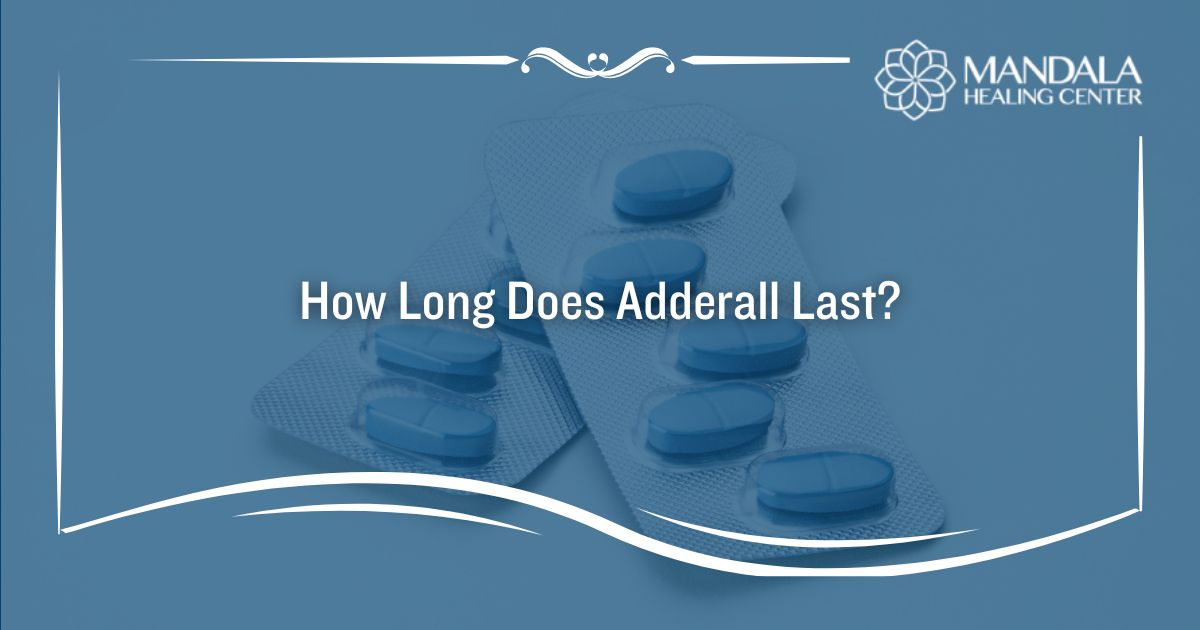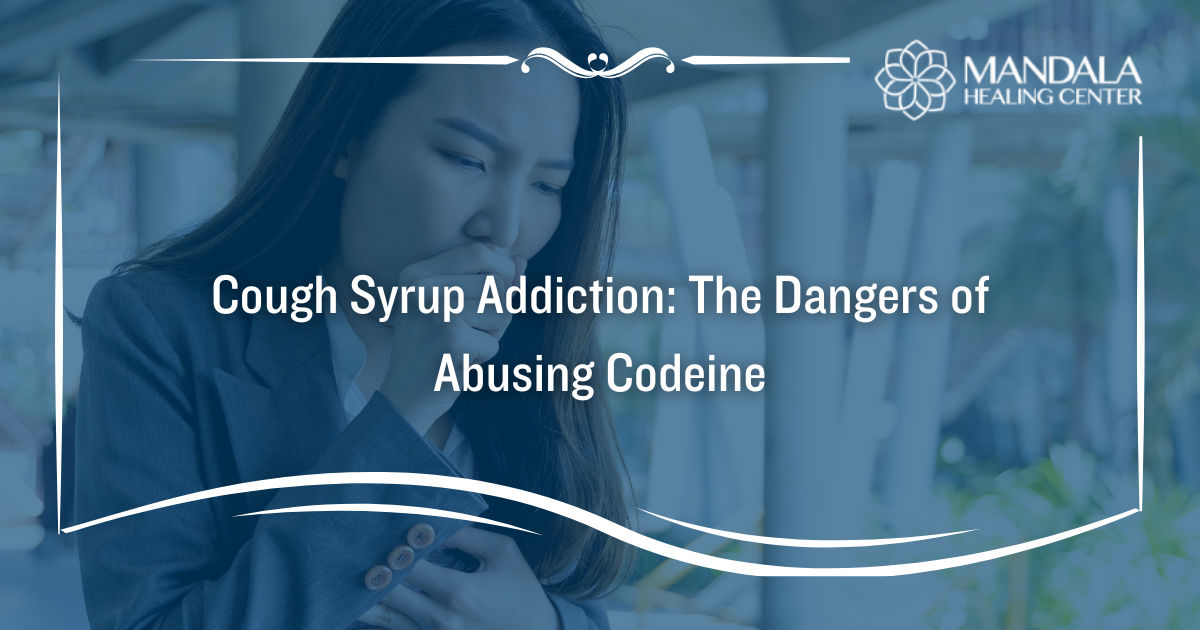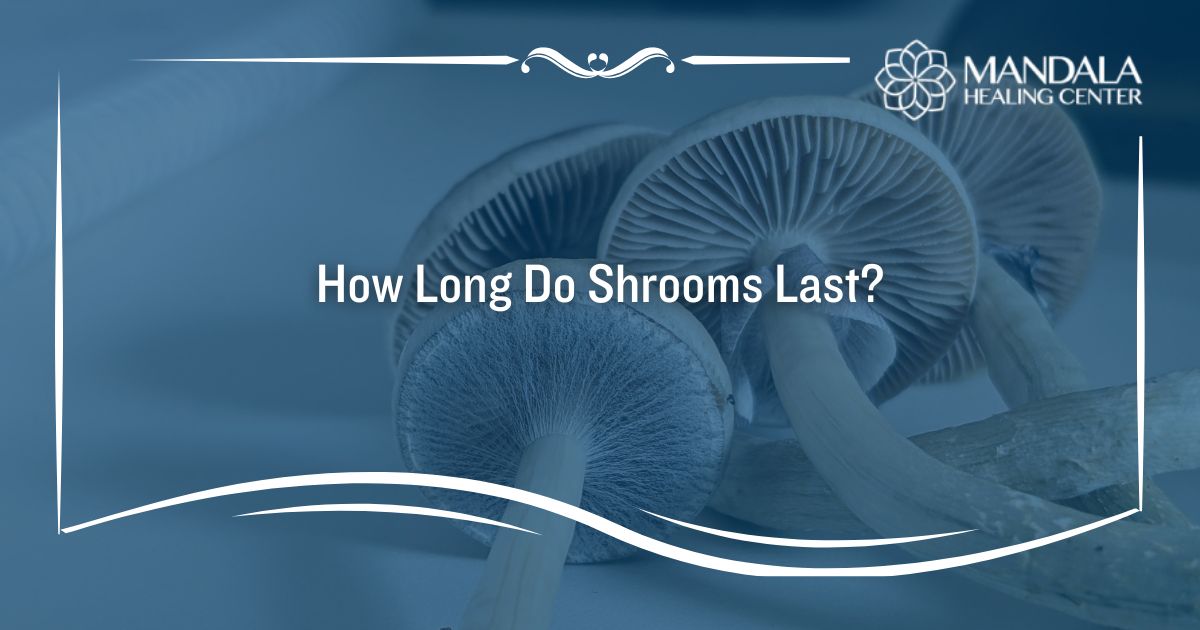Opioids are a class of drugs that include prescription medications used to alleviate pain as well as illicit narcotics like heroin. Opioids are highly addictive, and they are also deadly. Opioid abuse and addiction were responsible for more than 80,000 overdose deaths in 2021.[1]
Popular prescription opioids include substances like oxycodone, morphine, hydrocodone, and codeine. While these substances are effective in managing the symptoms of pain, they are also known to be highly addictive.
Two of the most commonly prescribed opioids are hydrocodone and codeine.
What is Hydrocodone?
Hydrocodone is a prescription opioid medication that is used in many cough medicines or for moderate to severe pain relief. Oftentimes, hydrocodone is prescribed by dentists after dental surgery. The medication typically comes in extended-release capsules or tablets and works by changing the way your brain responds to pain.
According to the Drug Enforcement Administration (DEA), “Hydrocodone is the most frequently prescribed opioid in the United States with more than 136.7 million prescriptions for hydrocodone-containing products dispensed in 2013 along with 93.7 million dispensed in 2016 and 83.6 million sold to patients in 2017.”[2]
Side effects of hydrocodone include:
Drowsiness
Dizziness
Nausea
Vomiting
Constipation
Lightheadedness
Headache
Dry mouth
Itching
Sweating
Mood changes
Difficulty urinating
Stomach pain
Loss of appetite
Blurred vision
While hydrocodone is effective in managing pain and suppressing coughs, it is habit-forming and highly addictive. Someone who takes it for longer than a week can form a dependency, leading them to seek other ways of obtaining the substance when their prescription runs out.
Unfortunately, illicit versions of hydrocodone are sold on the street, sometimes containing the extremely potent synthetic opioid, fentanyl.
What is Codeine?
Codeine is a prescription opioid medication that is primarily used to alleviate coughing or mild to moderate pain. It works by changing the way your brain responds to pain and decreasing activity in the part of your brain that causes you to cough.[3]
Codeine may come as a tablet, capsule, or liquid solution that is taken by mouth. Typically, when you are prescribed codeine you are directed to take it every 4 to 6 hours. However, most doctors will not prescribe it for longer than 1 to 2 weeks.
While codeine is a prescription opioid, some individuals buy it off of the street. Typically, they are receiving a counterfeit version of codeine syrup that might contain a wide range of illegal substances. The street slang terms for liquid codeine include sizzurp, purple drank, and lean.[4]
Side effects of codeine include:
Sedation
Fatigue
Confusion
Respiratory depression
Orthostatic hypotension (low blood pressure upon standing)
Nausea and vomiting
Constipation
Dry mouth
Sweating
Itching
Difficulty urinating
Abdominal pain
Loss of appetite
Dizziness
Headache
The Main Differences Between Hydrocodone and Codeine
Hydrocodone and codeine are both prescription opioids that are used to treat pain and suppress coughs. However, it is more likely for hydrocodone to be used after surgeries or injuries while codeine is more commonly prescribed to suppress coughs.
The main difference between hydrocodone and codeine is how they are abused. Most people who abuse codeine are drinking the substance that is referred to as lean, dirty Sprite, sizzurp, or purple drank. On the other hand, people who abuse hydrocodone are typically swallowing or smoking a pill.
Additionally, the demographics related to who abuses hydrocodone and codeine tend to differ. Hydrocodone is commonly abused by a wide range of ages, including adults and teens. However, most people who abuse codeine are teenagers and young adults, as lean is extremely common in the rap and hip-hop scenes.[4]
Spotting an Opioid Addiction
If you believe that your loved one is abusing codeine or hydrocodone, it is important to be aware of the signs of opioid addiction. While it is difficult to differentiate between codeine and hydrocodone abuse, it is easy to spot an opioid addiction once you know the symptoms.
Symptoms include:
- Running out of an opioid prescription early
- Going to multiple doctors to receive more than one opioid prescription (“doctor shopping”)
- Taking a larger dose than prescribed
- Needing more of an opioid to experience a desired effect (developing tolerance)
- Stealing prescriptions from friends or loved ones
- Buying opioid drugs off of the street
- Spending a lot of time thinking about, obtaining, or using opioid drugs
- Experiencing uncontrollable urges to use opioids
- Dealing with withdrawal symptoms when you cannot abuse an opioid substance
- Displaying the physical signs of opioid intoxication such as pinpointed pupils, drowsiness, falling asleep suddenly, or itchiness
If your loved one is struggling with addiction, an opioid rehab center can help by providing your loved one the tools and support they need to regain control over their life.
Finding Help for Hydrocodone or Codeine Abuse
If you or a loved one frequently abuses pain medication, you might be struggling with an opioid use disorder. Regardless of which opioid you are addicted to, opioid addiction has risks, some of which can alter your life forever.
Thankfully, opioid detox and treatment programs like Mandala Healing Center can provide you with the help you need to achieve long-term sobriety. Treatment begins with medical detox so you can detox safely and comfortably in a supportive environment. Then, individuals usually attend inpatient and/or outpatient treatment where they participate in group and individual therapies, educational workshops, and peer-led support groups, all of which are designed to pave the way for long-term recovery.
To learn more about our treatment programs for hydrocodone and codeine abuse, contact us today.
References:
- The National Institute of Drug Abuse (NIDA): Opioids, Retrieved June 2023 From https://nida.nih.gov/research-topics/opioids
- The Drug Enforcement Administration (DEA): Hydrocodone, Retrieved June 2023 From https://www.deadiversion.usdoj.gov/drug_chem_info/hydrocodone.pdf
- Medline Plus: Codeine, Retrieved June 2023 From https://medlineplus.gov/druginfo/meds/a682065.html
- The Drug Enforcement Administration (DEA): Resurgence in Abuse of Purple Drank, Retrieved June 2023 From https://www.justice.gov/archive/ndic/pubs43/43924/sw0008p.pdf












